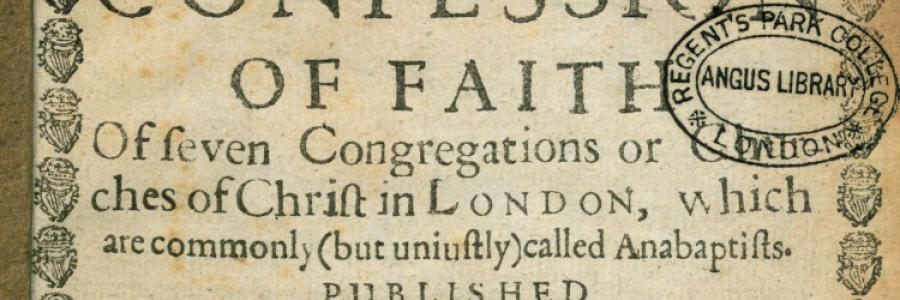“Donne has often been described as a poet of death.... but he didn't stop there”
Body
“The famous sentences ‘No man is an island’ and ‘the bell tolls [for] thee’ are excerpted from the same meditation: ‘No man is an island, entire of itself; every man is a piece of the continent, a part of the main.



Discussion